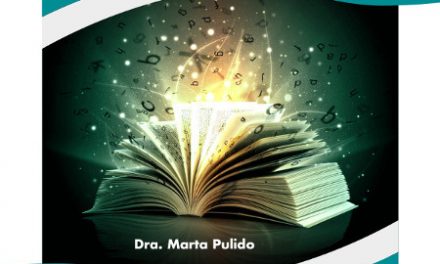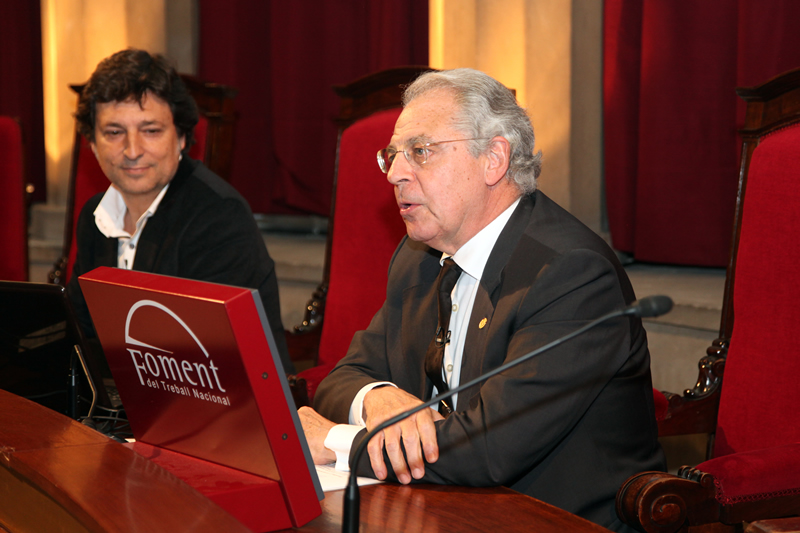Maria Àngels Calvo, full academician and vice-president of the Royal European Academy of Doctors-Barcelona 1914 (RAED) and academician at the same time of the Royal Academy of Medicine of Catalonia, of the Royal Academy of Pharmacy of Catalonia, of the Academy of Veterinary Sciences of Catalonia and the Royal Academy of Doctors of Spain, will participate on April 6 in the 17th Academic Act that the Historical Archive of Health Sciences of the Official Association of Physicians of Barcelona will celebrate in Montserrat. Calvo will give the lecture “La resistencia a los antibióticos desde la medicina y la veterinaria” (Resistance to antibiotics from medicine and veterinary), in what will be the central act of the day.
 The session will be held in the Hall of the Façade of the Abbey of Montserrat under the presidency of the abbot, Josep Maria Soler, the president of the Official Association of Physicians of Barcelona, Jaume Padrós, and the director of the Archive, Lluís Gerrero. After the conference, the musical group Intermezzo will offer a recital with works by Alessandro Marcello, Antonio Vivaldi, Pietro Mascagni, Sergei Rachmaninov, Claude Bebussy, Dmitri Shostakovich, Manuel de Falla and George Gershwin.
The session will be held in the Hall of the Façade of the Abbey of Montserrat under the presidency of the abbot, Josep Maria Soler, the president of the Official Association of Physicians of Barcelona, Jaume Padrós, and the director of the Archive, Lluís Gerrero. After the conference, the musical group Intermezzo will offer a recital with works by Alessandro Marcello, Antonio Vivaldi, Pietro Mascagni, Sergei Rachmaninov, Claude Bebussy, Dmitri Shostakovich, Manuel de Falla and George Gershwin.
The two components of this formation have been formed with great teachers of their instruments and have expanded their formation in conservatories of Amsterdam, Milan and the Gran Teatre del Liceu in Barcelona. On this occasion they will offer a concert full of major works in the repertoire of piano and cello, where the dialogue between both instruments is very clear and their sonorities are fused to achieve an interpretation where music and expression become the only meaning.
Historical Archive of Health Sciences was inaugurated in 1994 coinciding with the centenary of the Official Association of Physicians of Barcelona with some 400 books owned by Simeón Selga. Nowadays it has become a collective library of the professional past, with volumes dating from the 17th century to the beginning of the 21st century. The fund now has about 35,000 volumes of which more than 20,000 are cataloged. This library also keeps some journals, photographs and various documents, and has been built from donations from deceased family members, by donations from those who do not have a place to keep them, or from those who consider them obsolete for their work, always keeping the name of the professional donor.




